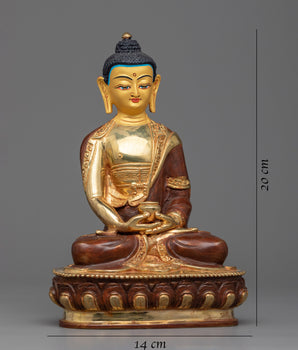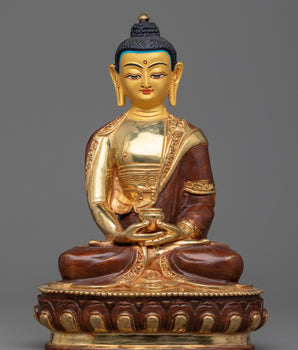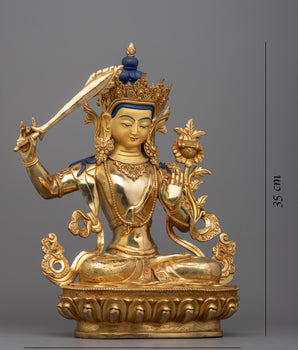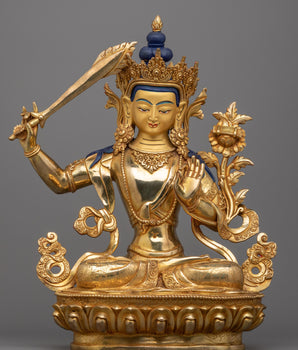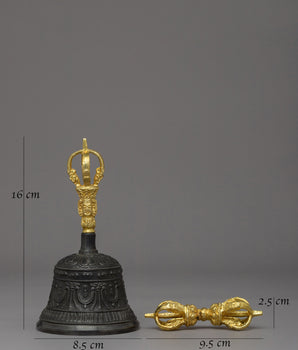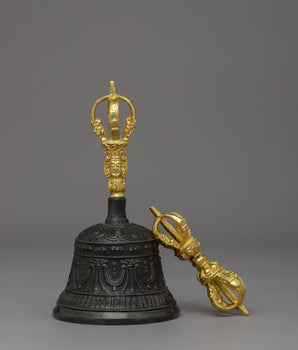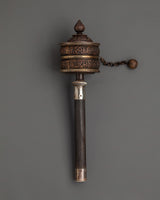




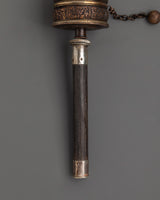
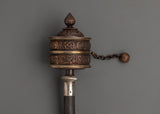
Tibetan Hand Spinner Prayer Wheel | Buddhist Meditation Item

100% AUTHENTIC

HANDMADE

FREE SHIPPING
Tibetan Hand Spinner Prayer Wheel | Ritual Tool for Meditation & Purification
--------------------------------------------------------
Size: 58.5cm (Height) x 10.5cm (Width)
Weight: 0.76kg
Materials: Oxidized Copper Body, White Metal, Wooden Body
--------------------------------------------------------
About our Prayer Wheel
This Tibetan Hand Spinner Prayer Wheel, which is 58.5cm tall, 10.5cm wide, and weighs 0.76kg, is a significant and influential ceremonial equipment for spiritual practitioners. The wheel, made of oxidized copper and white metal and placed on a tall, dark wooden handle, is engraved with religious motifs and features a conventional spinning mechanism with a weighted chain. Its size and workmanship set it apart for both home altars and everyday use.
Tibetan Buddhist practice revolves around prayer wheels, which are said to create spiritual merit and benefits when spun while chanting or meditating. This large-format edition provides a more immersive experience, encouraging concentrated attention and profound awareness. The copper and white metal structure assures longevity, while the antique finish adds a sense of reverence and connection to time-honored traditions.
Introduction to Prayer Wheel
A prayer wheel is cylindrical on a spindle and is used in Tibetan Buddhism. It is typically inscribed with the mantra "Om Mani Padme Hum" and rotated by hand as a form of spiritual practice and to accumulate merit. Spinning the wheel is believed to have the same spiritual benefits as verbally reciting the mantra. The use of prayer wheels is widespread in Tibetan Buddhism and has spread to other cultures.
How does the Buddhist Prayer Wheel benefit us?
The benefits associated with rotating the wheel are numerous. It promotes knowledge, compassion, and bodhicitta in the practitioner and improves siddhis (spiritual powers such as clairvoyance, precognition, etc.). The practitioner can repeat the mantra as often as possible while the wheel is rolling, maintaining a calm, meditative attitude. A Tibetan Buddhist tradition holds that after a practice session, one should dedicate any acquired merits to the benefit of all sentient beings. Then three times Om Ah Hum. This is usually among Tibetans after finishing any Buddhist practice, including the prayer wheel exercise.
How do you set up your own Buddhist Shrine?
• Find a clean, quiet, and uncluttered spot
• Set up an altar table and cover it with an altar cloth that calls to you
• Place your sacred item at the center












